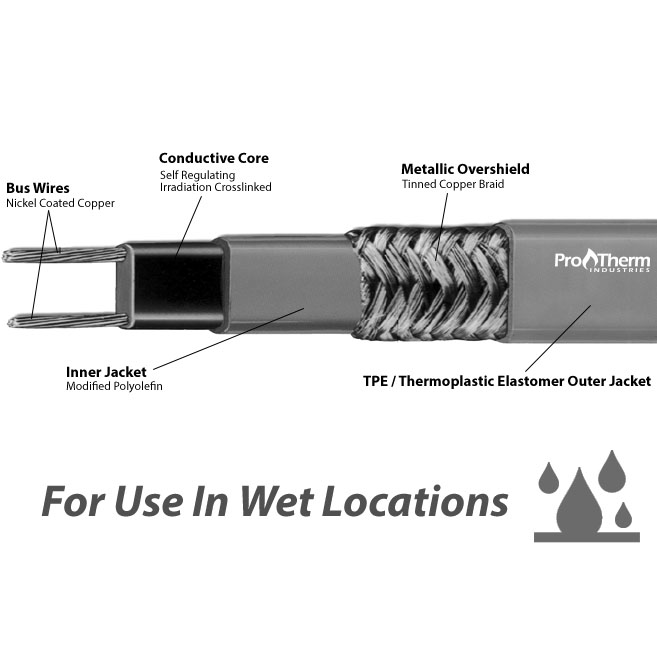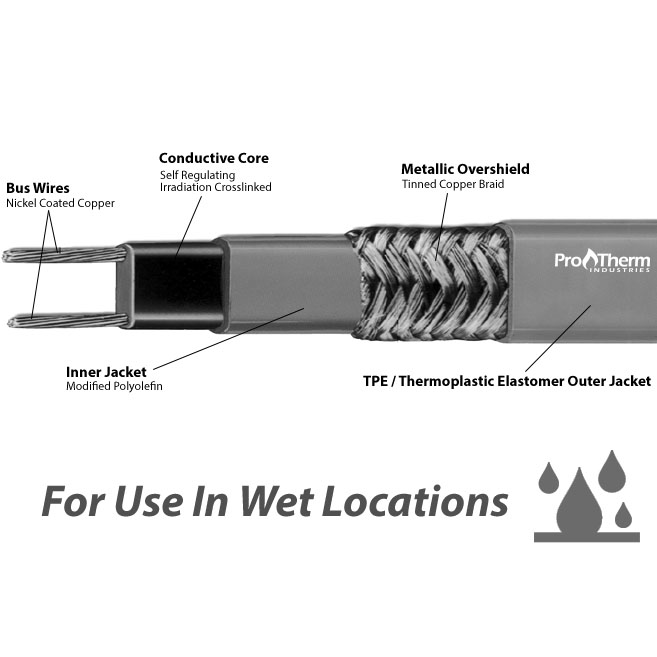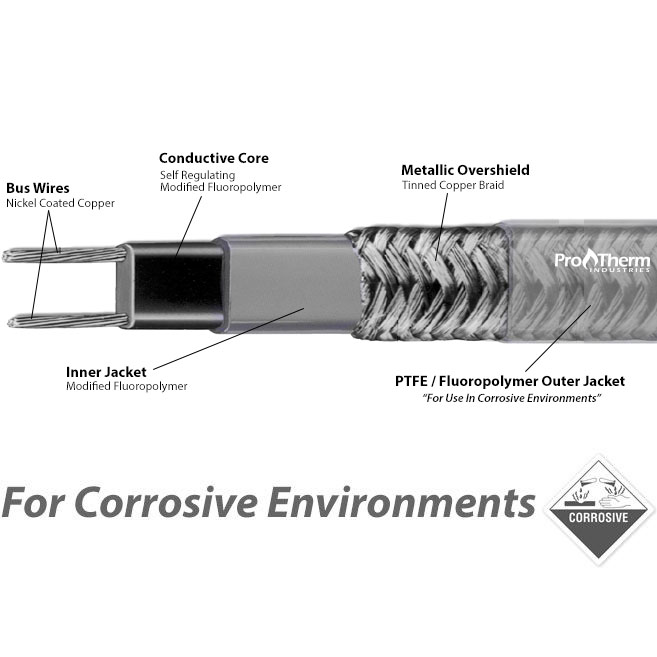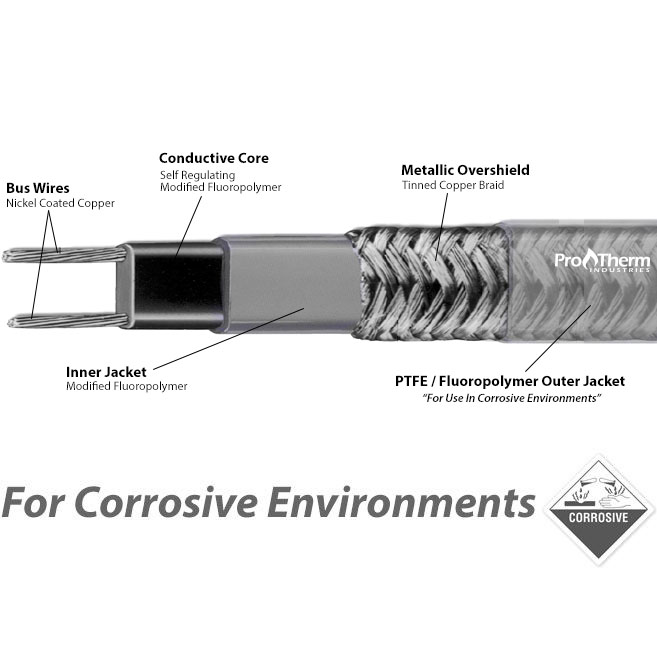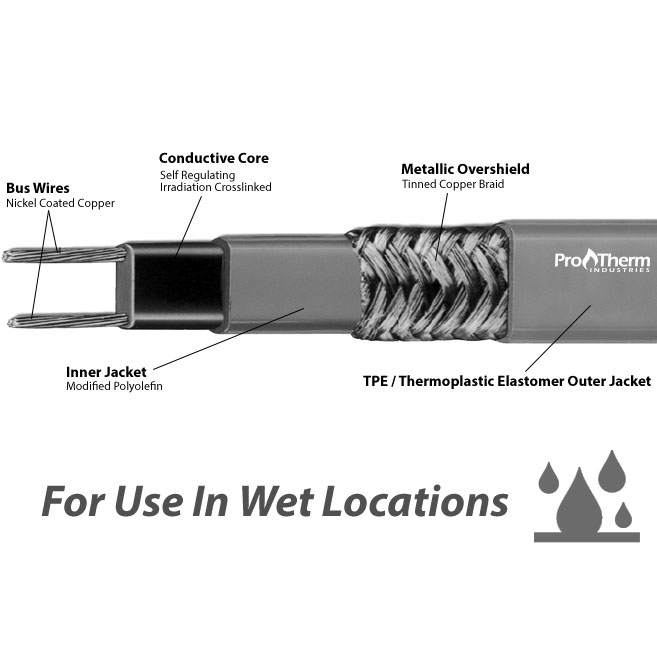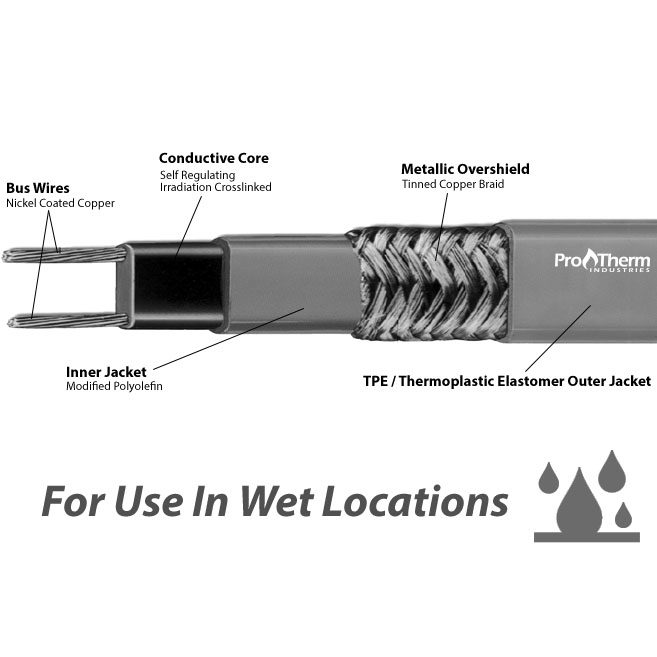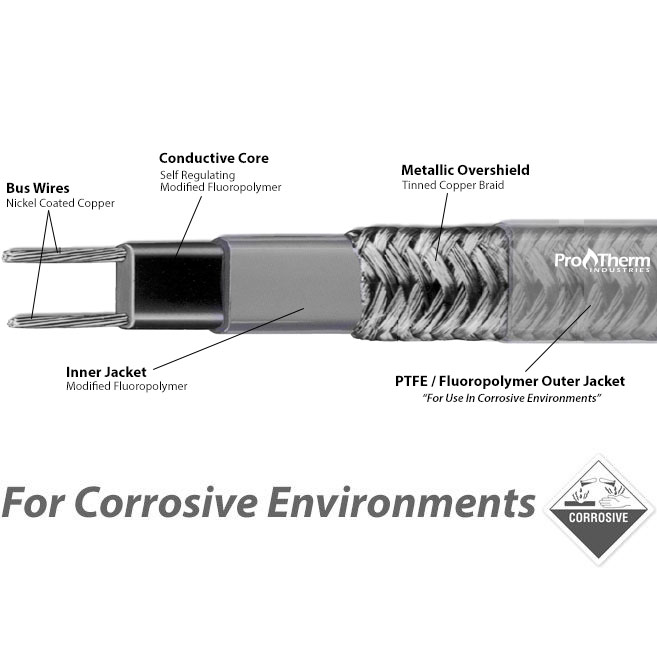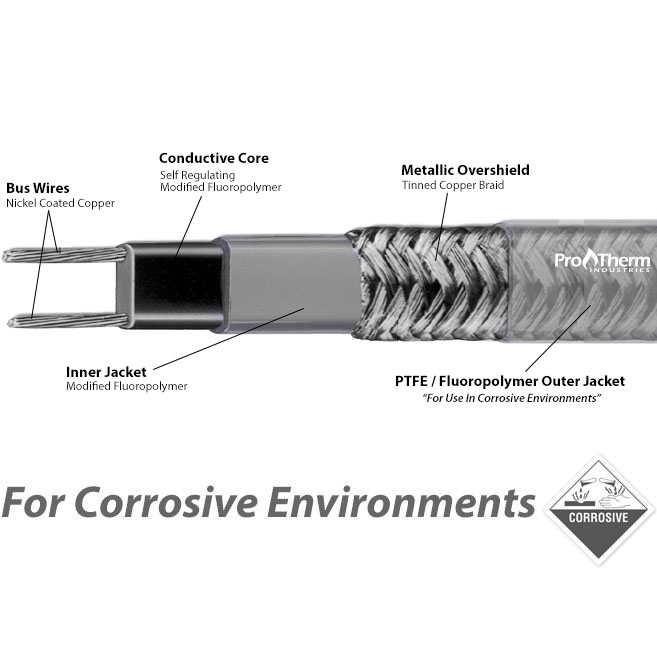PVC pipe is usually rated as being able to withstand temperatures between 140 to 160°F. The trick is to insure the heat trace cable will maintain the contents within the PVC pipe at a desired temperature, but never to approach the pipe rating temperature. Depending on the heat loss characteristics of a specific pipe system, manufacturers generally limit heat cable below 6 watts per foot.
Viewed Products
-
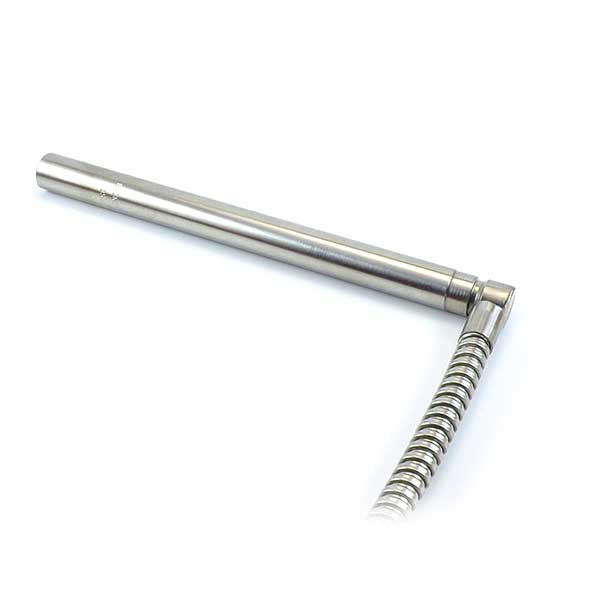 8" Insertion Cartridge Heater 300w 120/240v SS Rt. Angle Conduit
$127.48
8" Insertion Cartridge Heater 300w 120/240v SS Rt. Angle Conduit
$127.48
-
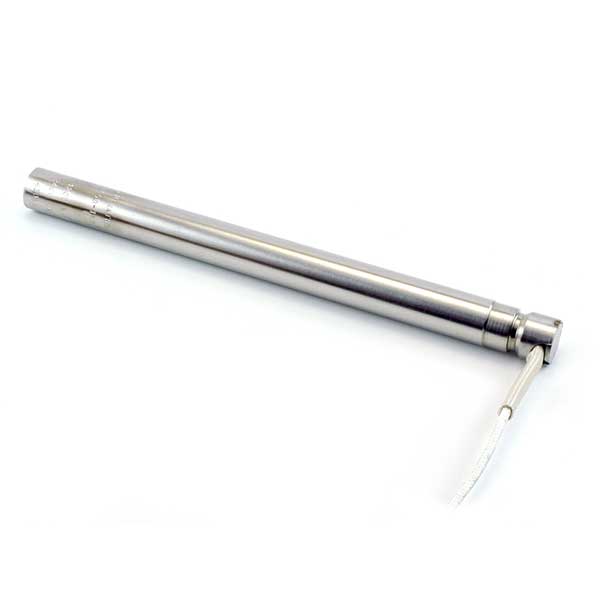 18" Insertion Cartridge Heater 1000w 240v Right Angle Lead
$284.10
18" Insertion Cartridge Heater 1000w 240v Right Angle Lead
$284.10
-
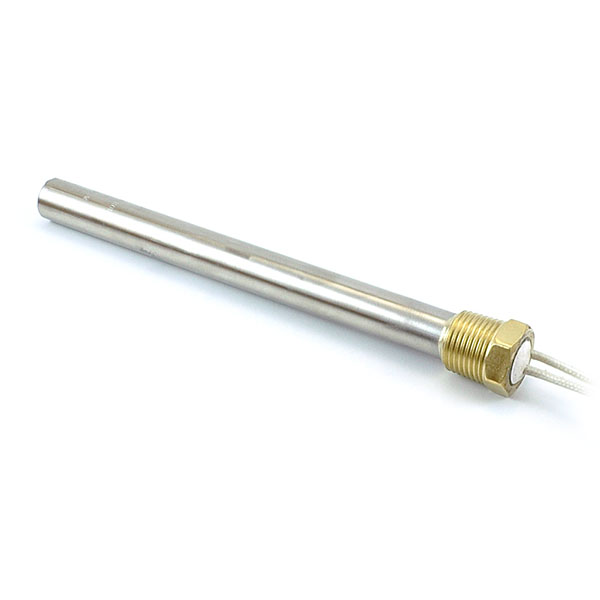 2" Insertion Cartridge Heater 200w 240v Brass NPT
$81.17
2" Insertion Cartridge Heater 200w 240v Brass NPT
$81.17
-
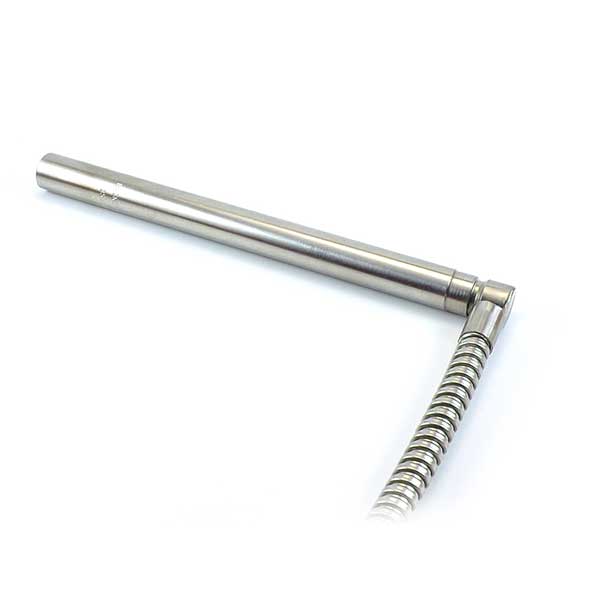 6.5" Insertion Cartridge Heater 500w 120/240v SS Rt. Ang Conduit
$114.41
6.5" Insertion Cartridge Heater 500w 120/240v SS Rt. Ang Conduit
$114.41
-
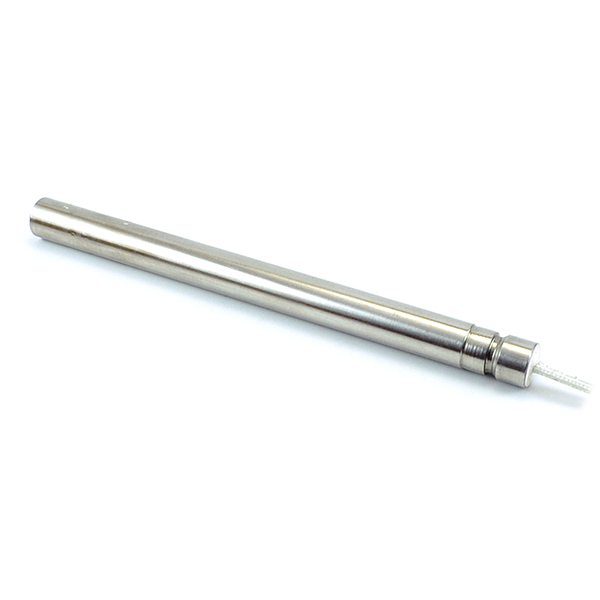 7.87" Cartridge Heater 750w 240v 10" Leads
$52.57
7.87" Cartridge Heater 750w 240v 10" Leads
$52.57
-
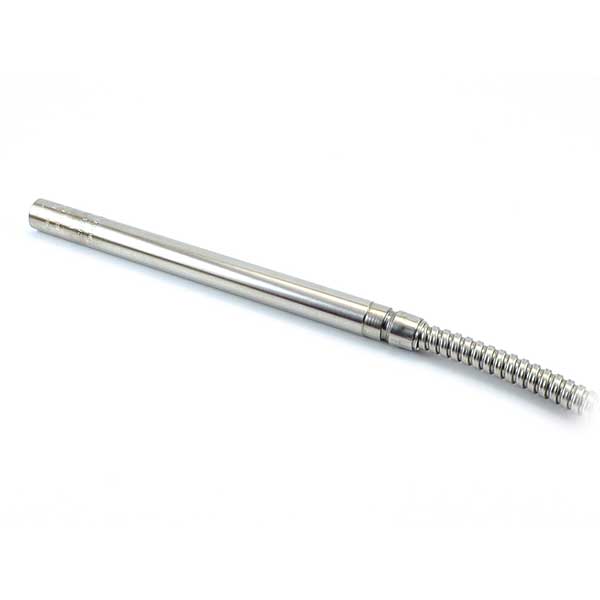 24" Insertion Cartridge Heater 500w 120/240v SS Flex Conduit
$299.17
24" Insertion Cartridge Heater 500w 120/240v SS Flex Conduit
$299.17
-
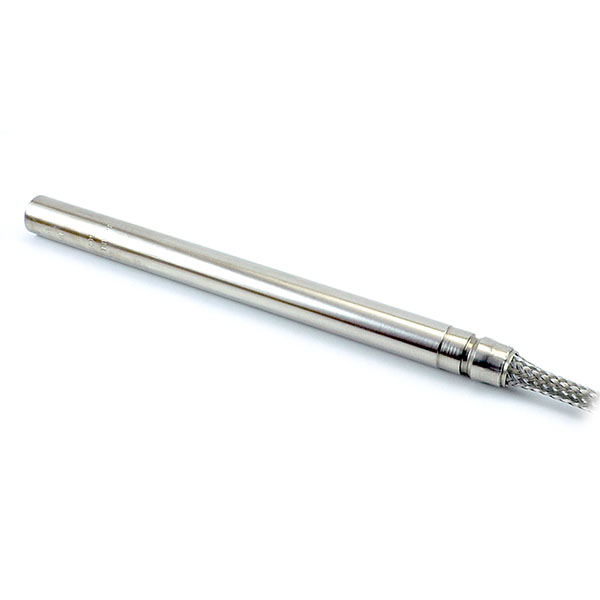 4" Insertion Cartridge Heater 1000w 240v SS Braid
$108.76
4" Insertion Cartridge Heater 1000w 240v SS Braid
$108.76
-
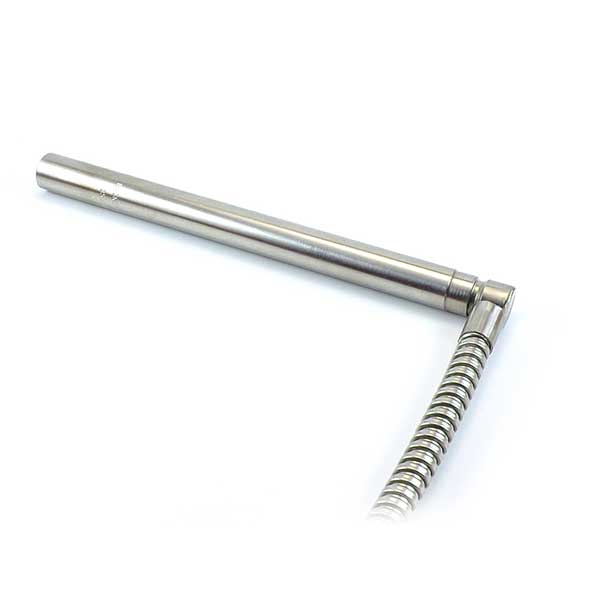 7" Insertion Cartridge Heater 500w 240v SS Rt. Angle Conduit
$149.21
7" Insertion Cartridge Heater 500w 240v SS Rt. Angle Conduit
$149.21
-
 2.5" Insertion Cartridge Heater 75w 120v Brass NPT
$81.17
2.5" Insertion Cartridge Heater 75w 120v Brass NPT
$81.17
-
 5" Insertion Cartridge Heater 500w 240v SS Rt. Angle Conduit
$129.95
5" Insertion Cartridge Heater 500w 240v SS Rt. Angle Conduit
$129.95

Why Choose Heating Elements Plus?
Heating Elements Plus is the online sales division of Protherm Industries, Inc., based in Nashville, Tennessee. With over 40 years of experience in process and industrial heating, we are more than just a supplier—we are a trusted partner who understands the demands of your industry.
Whether you’re looking to place an order directly through our secure online store or need help from one of our engineers, we are here to provide fast, reliable, and knowledgeable service.

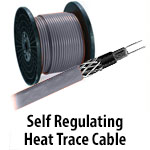
Self Regulating Heat Trace Cable
Self-Regulating Heat Cable is commonly used for freeze protection of water and drain lines, and for protecting residential and commercial roofs and gutters from ice dams. The temperature rating is for the heat cable’s outer jacket and has nothing to do with the actual temperature of the cable. For most residential applications, you will choose the low temperature cable, as most water lines in the home never exceed 150 degrees.

